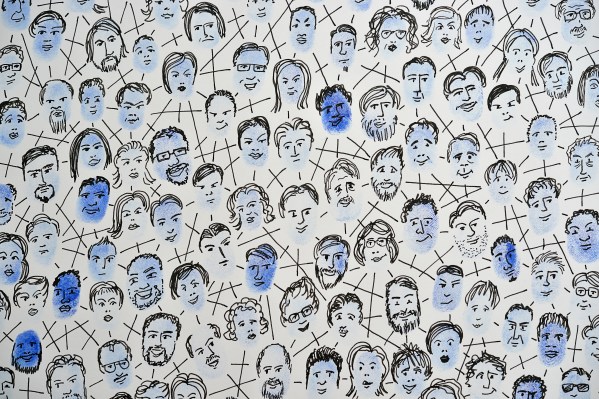Apple and its Vision Pro platform join Pixar's push to standardize 3D content
JigSpace running in Apple’s visionOS. | Image: JigSpaceApple, Adobe, Pixar, Nvidia, and Autodesk are teaming up to promote open standards for interoperable 3D tools and data. In a press release, the companies announced the formation of the Alliance for...
/cdn.vox-cdn.com/uploads/chorus_asset/file/24822944/Apple_Vision_Pro_SDK_availability_JigSpace.mp4_snapshot_00.06.158.jpg)
Apple, Adobe, Pixar, Nvidia, and Autodesk are teaming up to promote open standards for interoperable 3D tools and data. In a press release, the companies announced the formation of the Alliance for OpenUSD, which will drive the “standardization, development, evolution, and growth” of Pixar’s Universal Scene Description (USD) technology.
Pixar describes USD as the “first open-source software that can robustly and scalably interchange 3D scenes” while incorporating various assets, sources, and animations. The animation company calls it a “fundamental requirement” for people creating metaverse content.
USD enables the various applications used in 3D content creation — like Maya, Houdini, Autodesk 3ds Max, and Adobe Substance 3D Designer — to support round-trip asset workflows interchangeably. As described by Nvidia, “OpenUSD supports the requirements of building virtual worlds — like geometry, cameras, lights and materials. It also includes features necessary for scaling to large, complex datasets, and it’s tremendously extensible, enabling the technology to be adapted to workflows beyond visual effects.”
USD is “an essential technology for the groundbreaking visionOS platform”
The timing of this announcement comes just months before Apple is set to release its Vision Pro mixed reality headset and includes Apple as a founding member of the new organization. Mike Rockwell, Apple’s vice president of the vision products group, says in the press release that “OpenUSD will help accelerate the next generation of AR experiences, from artistic creation to content delivery, and produce an ever-widening array of spatial computing applications.”
“Apple has been an active contributor to the development of USD, and it is an essential technology for the groundbreaking visionOS platform, as well as the new Reality Composer Pro developer tool,” Rockwell says.
This OpenUSD FAQ notes that many applications within the industry’s 3D content creation pipeline, such as those for modeling, shading, animation, and lighting, are often tailored for those specific applications and cannot be read or edited using other software. To solve this issue, the alliance aims to provide a common language for defining, packaging, assembling, and editing 3D data interchangeably at scale.
The project will be housed in Linux’s Joint Development Foundation to enable “open, efficient, and effective development” of OpenUSD specifications and help the project to be recognized by the International Organization for Standardization.
Other major players in the augmented and virtual reality industry, like Unity and Epic Games, commented on the formation of the alliance in an announcement on the Linux Foundation’s website. Marc Petit, the vice president of Epic Games’ Unreal Engine ecosystem, says the company “recognizes the significance of USD in establishing standards for 3D content, virtual worlds, and the open metaverse,” while Allan Poore, the vice president of Unity Wētā Tools, says, “Unity is committed to the continued adoption of USD standard.”
Even Ikea, which uses 3D rendering to create images of its furniture for its catalogs, had something to say about the formation of the alliance. “We have been searching for a non-proprietary standard format to author and store 3D content to connect our value chain even closer, and develop home furnishing solutions to a lower price,” Martin Enthed, the innovation manager at Ikea, says. “AOUSD is a big step in that direction.”
Update August 1st, 10:46AM ET: Added additional quotes and details about OpenUSD.

 ShanonG
ShanonG 































